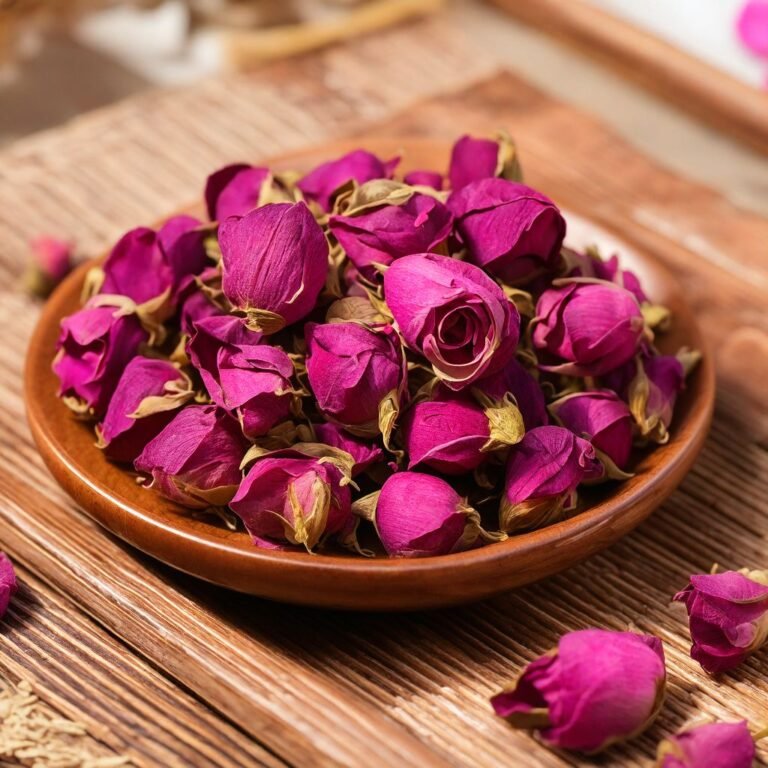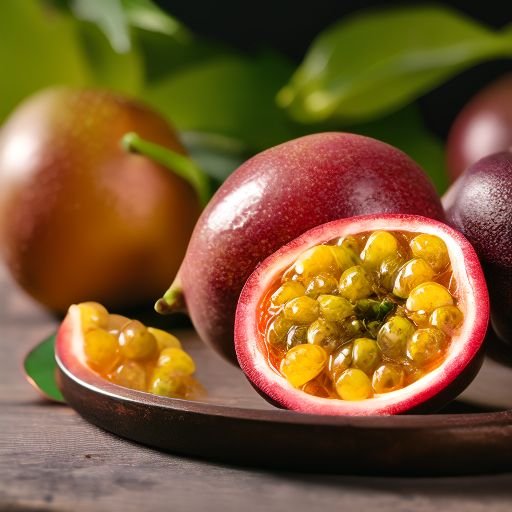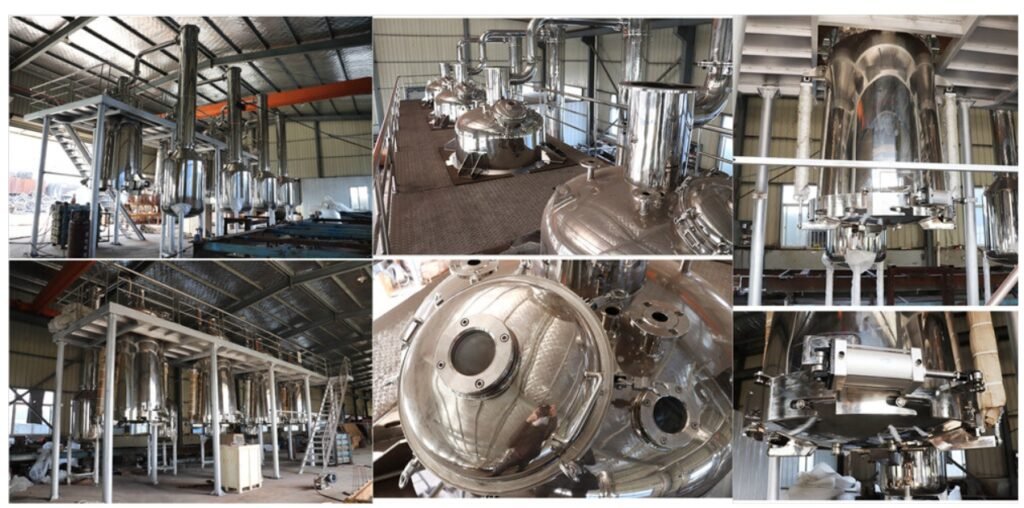Large essential oil extraction equipment
This kind of essential oil extraction equipment is made of high quality stainless steel and can operate by water distillation or steam distillation method according to different materials, suitable for extracting oil from flowers, leaves, grass, fragrant plants, etc., our large essential oil extraction equipment is popular in mass production of medicines, food, cosmetics, etc.

Features
1. Made of a special double stainless steel distillation system, superior quality, and long life service.
2. The classic process of essential oil extraction, combined with an advanced automatic control system, high efficiency.
3. Adopt gas or electricity indirect heating method, ensure a clean and safe working condition.
4. Vacuum low-temperature distillation can better recovery of volatile substances.
5. Equipped with multilayer distillation baskets, very convenient to place plants and clean equipment.
6. Reasonable structure design, superior performance, the operation is simple and flexible.
sample
1. Plant leaves and flowers: rose, osmanthus, wild chrysanthemum, lavender, rosemary, wormwood, wintersweet, sophora flower, evening primrose,
mint, thyme etc.
2. Plant roots: aloe, ginger, clove, etc.
3. Plant fruits: passion fruit, pepper, castor bean, star anise, grape seed, lemon, etc.






We are here for you, contact us today!
Parameters of Large Essential Oil Extraction Equipment
Plant essential oil extraction equipment is divided into experimental plant essential oil extraction equipment and plant essential oil extraction equipment for production equipment.
1. Laboratory equipment: The volume of the distillation tank is 5 to 100 liters. This kind of essential oil extractor is very suitable for colleges and universities, research institutes and companies, and laboratory research and development department institutions, as well as for individual use.
2. Production facilities: Distillation tanks with a volume of 200-3000 liters. Such systems are mainly used in the aromatics, organic, pharmaceutical and cosmetics industries for mass production.
Model | LEOE3000 |
Volume of the distillation system | 1500L(two sets) |
Heat transfer surface of the condenser | >5m2 |
Volume of the distillation basket | 1000L |
Volume of distilled liquid storage container | 50L |
Performance of the aqua astricta set | 18kw |
capacity | 3000L |

FAQ
Obtaining essential oils can be done through various methods, with each method having its own advantages and suitability depending on the type of botanical material and the desired quality of the oil. Here are some of the most commonly used methods:
1. Steam distillation: This is the most common and traditionally used method. Plant materials are exposed to steam, causing the essential oil to evaporate. The steam and oil vapor are then condensed back into a liquid and the oil is separated from the water. This method is suitable for various herbs, flowers and spices.
2. Cold pressing: Also known as pressing, it is primarily used for citrus peels. The outer peel of the fruit is mechanically pressed to release the essential oils. It is a mechanical process that does not require heat and helps preserve the integrity and aroma of the oil.
3. Solvent extraction: This method is used for materials that are too sensitive for steam distillation. Solvents such as hexane or ethanol are used to extract the essential oils. Once the solvent evaporates, what remains is a concentrated extract called “absolute.” This method is often used for jasmine, tuberose or rose, which are too sensitive for heat extraction.
4. CO2 extraction: This method uses supercritical carbon dioxide as a solvent. Under high pressure, CO2 is converted into a liquid that can dissolve the plant material and extract its essential oils. Once the pressure is released, CO2 returns to its gaseous state, leaving behind the essential oil. This method is known for producing very pure, high quality oils.
5. Enfleurage: Although less common these days due to the labor-intensive process, enfleurage involves placing flower petals on a layer of solid fat. The essential oils migrate into the fat, which is then dissolved in alcohol to separate the oil from the fatty substance. This old-fashioned method is typically used for flowers that continue to produce oil even after they are harvested.
6. Hydrodistillation: Similar to steam distillation, but the plant material is actually immersed in boiling water. This method is less efficient than steam distillation and is typically used for materials that are less susceptible to heat damage.
The “best” method depends on the specific botanicals used and the desired properties of the final essential oil. For example, steam distillation is generally considered the best all-around method for a variety of essential oils, but cold pressing is better for citrus oils because it preserves their bright, fresh scents. CO2 extraction is praised for its ability to extract oil without damaging heat-sensitive components, resulting in very pure and therapeutically effective oils.When choosing an extraction method, consider factors such as the chemical composition of the oil, the heat sensitivity of the plant material, and the desired aroma and therapeutic properties of the final product.
1. Air purification and sterilization
2. Provide cell nutrition
3. Bring body and mind into balance
4. Immune function
5. Has the property of a natural antiseptic
The machines used to produce essential oils are tailored to the respective extraction methods. The main types of machines and equipment used in essential oil extraction include:
Steam distillation equipment:
Still: a large chamber in which the plant material is placed. It is usually made of stainless steel or glass.
Boiler or Steam Generator: Produces steam that is passed through the plant material to vaporize the volatile compounds.
Condenser: Cools the vapor and vapor of essential oils and converts them back into liquid.
Separator or Essencier: Allows the separation of essential oils from the condensation, as the oils usually float on the surface of the water.
Cold pressing devices (especially for citrus oils):
FMC Extractor: A special machine mainly used in the citrus industry to mechanically pierce the oil sacs in the fruit peel and then separate the oil from the juice.
Centrifuges: After the initial extraction, centrifuges can be used to further separate the essential oil from the rest of the liquid.
Solvent extraction equipment:
Soxhlet Extractor: Used for smaller scale extractions, it continuously washes the plant material with a solvent to extract the essential oils.
Industrial Extractors: Larger machines that mix the plant material with a solvent; The solution is then filtered and the solvent evaporates, leaving the essential oil behind.
CO2 extraction equipment (supercritical CO2 extraction):
Extraction vessels: High-pressure vessels in which the plant material is placed and CO2 is circulated through it.
Compressor: To compress the CO2 to supercritical pressure.
Temperature and Pressure Controls: To maintain the specific conditions required for supercritical extraction.
Collection container: This is where the extracted essential oils are collected after the CO2 has been returned to gas form and separated from the extract.
Hydrodistillation equipment:
Similar to a steam distillation system, but designed so that boiling water comes into direct contact with the plant material.
Each type of machine is best suited to specific types of essential oils and the particular properties of the plant material being processed. Steam distillation equipment is the most common and versatile equipment and is suitable for a variety of essential oils. Cold pressing systems are mainly used for citrus oils where the fruit peels have to be pressed mechanically. Solvent extraction devices are used when the plant material is too sensitive for distillation, and CO2 extraction devices are used to produce very pure essential oils and are particularly suitable for temperature-sensitive materials. The choice of equipment has a significant impact on the quality, purity and yield of the essential oil produced.

